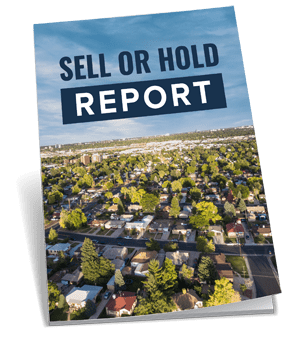If your property has dropped in value since you bought it, you may not have sufficient post-tax sale proceeds to buy an alternative property, should you decide to sell your current one. You may even have negative equity, that is, not enough money to pay back the loan.
In this case, the assessment that Sell or Hold performs is no longer a comparison of opportunity costs against recycling costs. The assessment approach switches to a "stop-loss" model. The idea behind this model is to decide on the best course of action to limit losses. Although you have to spend money to sell your property and although you may not have much left over after you sell it, it may still be the best course of action to take if your property is forecast to lose more value in the coming years.
Many investors think that a loss is not "realised" until they sell. That can be misleading. If your property has gone down in value, then you have incurred a loss regardless of whether it has been "realised" or not. Holding it doesn't avoid the loss, it merely delays the realisation.
No decision you can make now will alter the past. The decision you make now is only relevant for the future. What's important, is where the property will go in the future. What decision can you make now to improve your net position of the future?
Sell or Hold tries to find alternative markets that will outperform your current property. If the forecast growth, rental income and expenses for the alternative property are larger than the forecasts for your current property and by an amount that exceeds the recycling costs, then you'll be in a better position at the end of that forecast period (if the forecast comes true). If you started in a negative net position, you may still be in a negative net position. But if that negative net position is less than where you started, then you'll be better off.
We'll only send you some awesome stuff

Check Out A Sample Report
- © Sell or Hold
- |
- All Rights Reserved
- |
- Privacy Policy
- |
- Terms and Conditions




